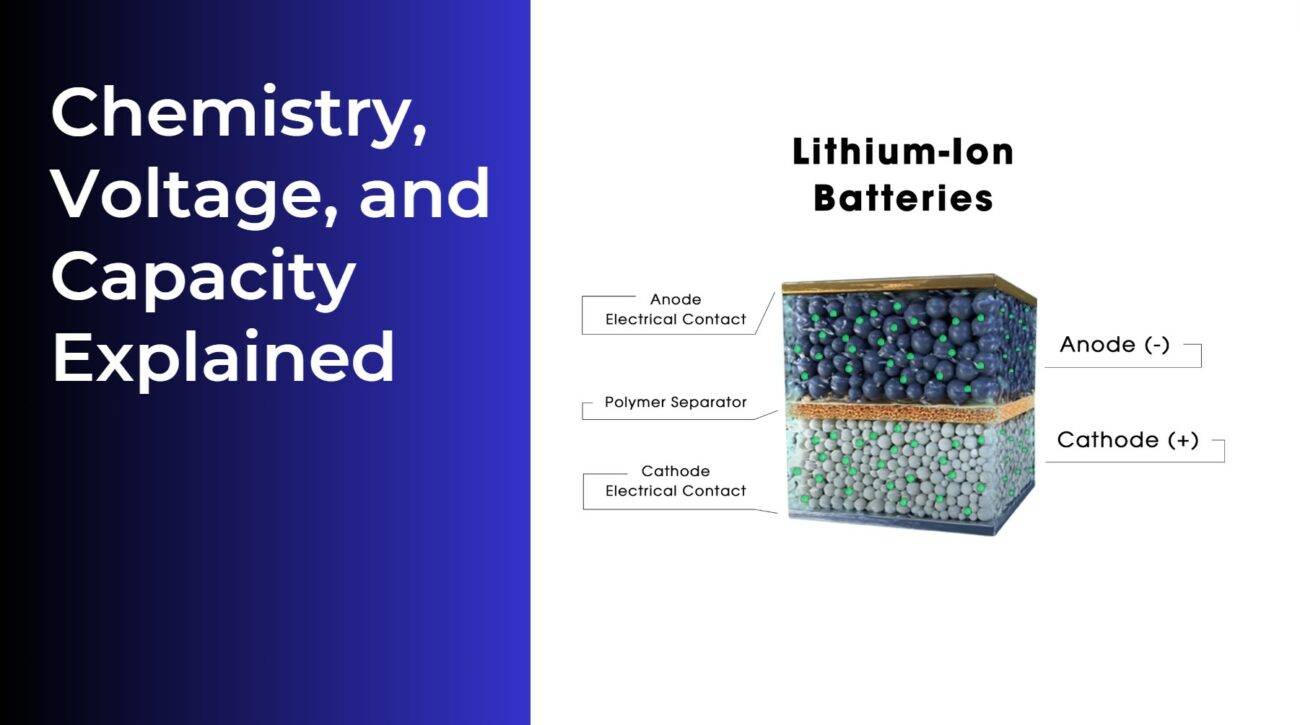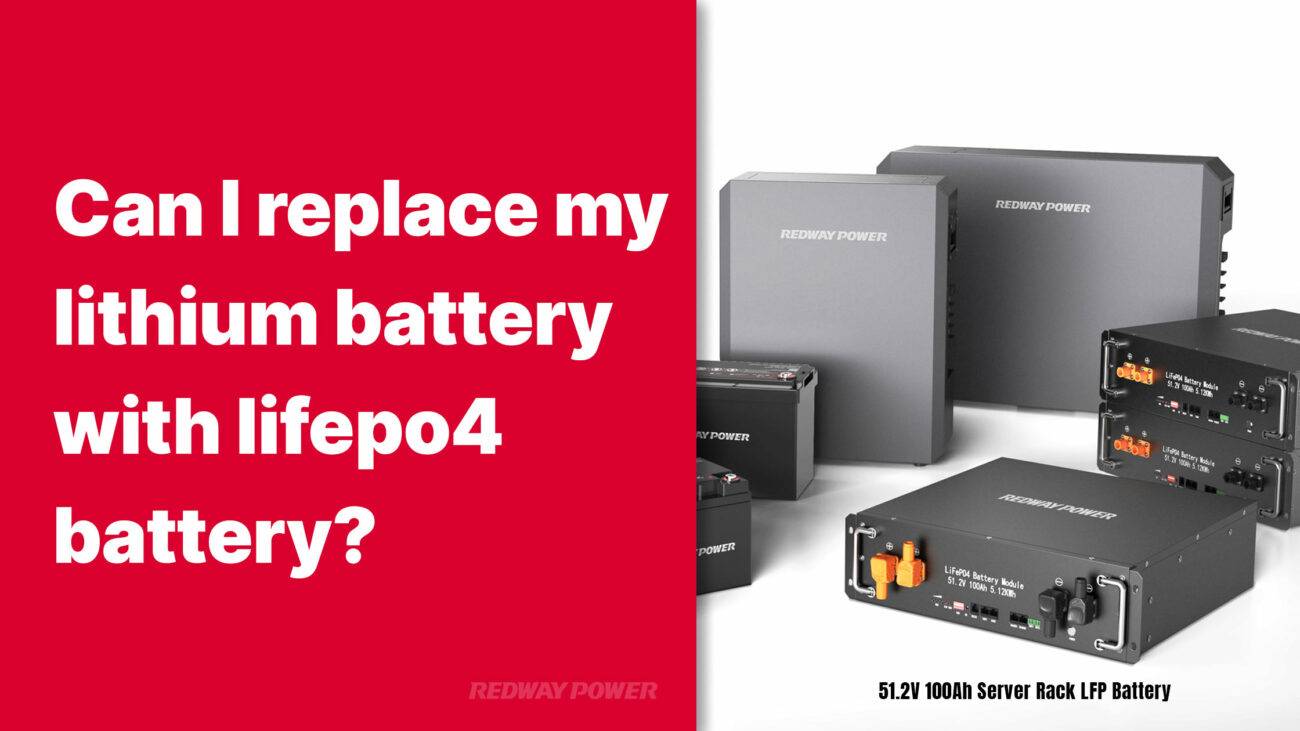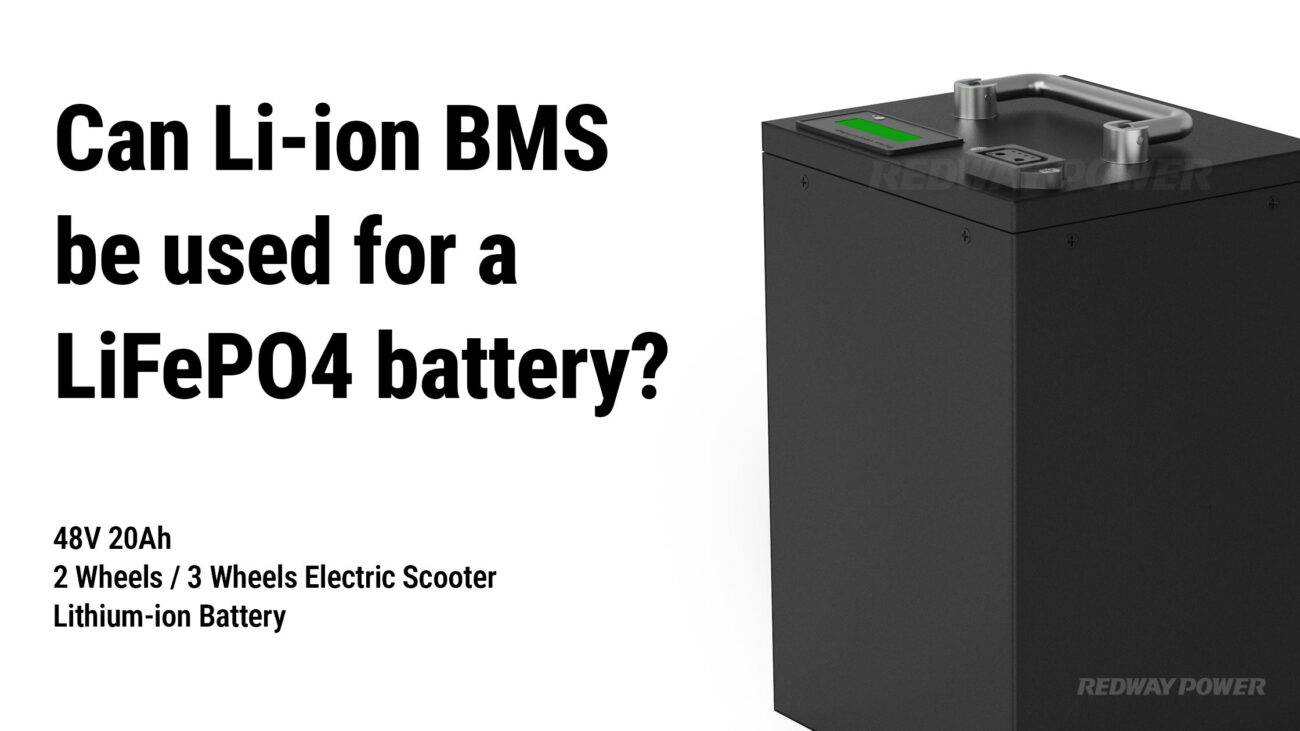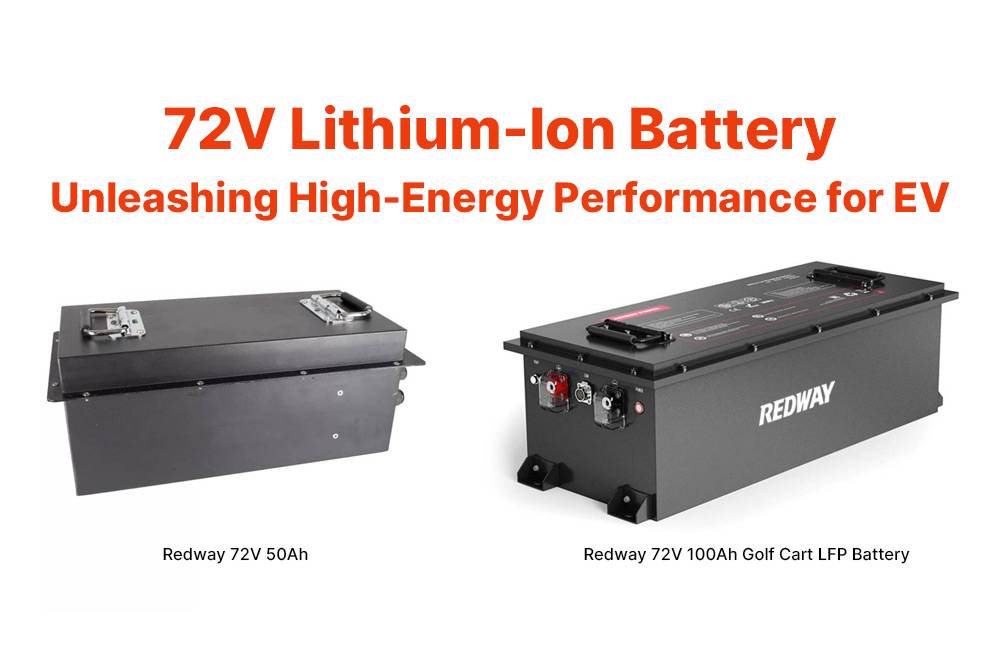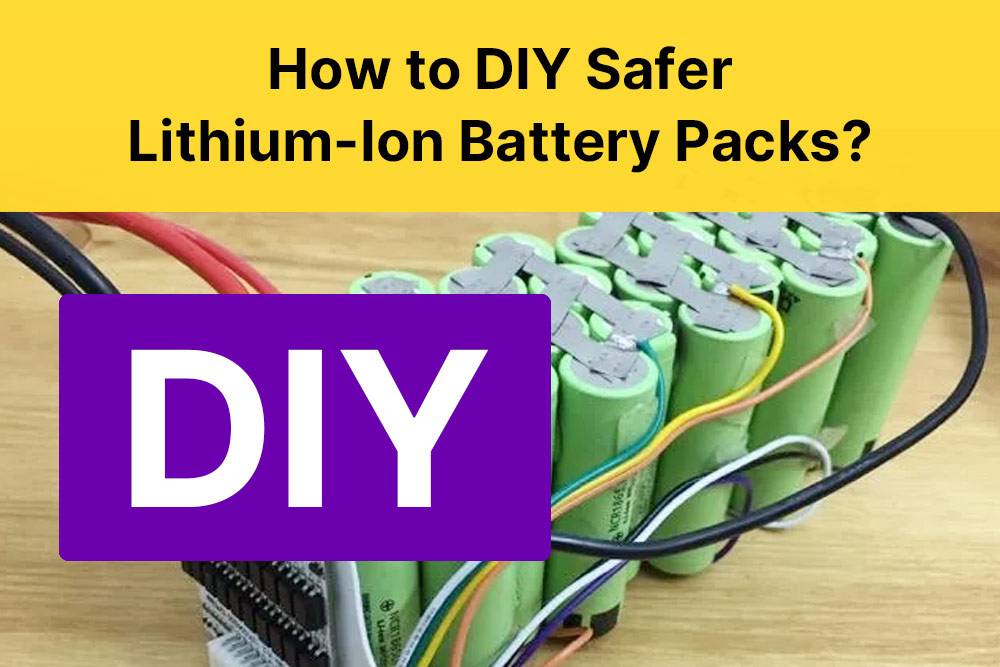- Lithium Golf Cart Battery
- Forklift Lithium Battery
-
48V
- 48V 210Ah
- 48V 300Ah
- 48V 420Ah (949 x 349 x 569 mm)
- 48V 420Ah (950 x 421 x 450 mm)
- 48V 456Ah
- 48V 460Ah (830 x 630 x 590 mm)
- 48V 460Ah (950 x 421 x 450 mm)
- 48V 460Ah (800 x 630 x 600 mm)
- 48V 460Ah (820 x 660 x 470 mm)
- 48V 500Ah
- 48V 560Ah (810 x 630 x 600 mm)
- 48V 560Ah (950 x 592 x 450 mm)
- 48V 600Ah
- 48V 630Ah
-
48V
- 12V Lithium Battery
12V 150Ah Lithium RV Battery
Bluetooth App | BCI Group 31
LiFePO4 Lithium
Discharge Temperature -20°C ~ 65°C
Fast Charger 14.6V 50A
Solar MPPT Charging - 24V Lithium Battery
- 36V Lithium Battery
- 48V Lithium Battery
-
48V LiFePO4 Battery
- 48V 50Ah
- 48V 50Ah (for Golf Carts)
- 48V 60Ah (8D)
- 48V 100Ah (8D)
- 48V 100Ah
- 48V 100Ah (Discharge 100A for Golf Carts)
- 48V 100Ah (Discharge 150A for Golf Carts)
- 48V 100Ah (Discharge 200A for Golf Carts)
- 48V 150Ah (for Golf Carts)
- 48V 160Ah (Discharge 100A for Golf Carts)
- 48V 160Ah (Discharge 160A for Golf Carts)
-
48V LiFePO4 Battery
- 60V Lithium Battery
-
60V LiFePO4 Battery
- 60V 20Ah
- 60V 30Ah
- 60V 50Ah
- 60V 50Ah (Small Size / Side Terminal)
- 60V 100Ah (for Electric Motocycle, Electric Scooter, LSV, AGV)
- 60V 100Ah (for Forklift, AGV, Electric Scooter, Sweeper)
- 60V 150Ah (E-Motocycle / E-Scooter / E-Tricycle / Tour LSV)
- 60V 200Ah (for Forklift, AGV, Electric Scooter, Sweeper)
-
60V LiFePO4 Battery
- 72V~96V Lithium Battery
- Rack-mounted Lithium Battery
- E-Bike Battery
- All-in-One Home-ESS
- Wall-mount Battery ESS
-
Home-ESS Lithium Battery PowerWall
- 24V 100Ah 2.4kWh PW24100-S PowerWall
- 48V 50Ah 2.4kWh PW4850-S PowerWall
- 48V 50Ah 2.56kWh PW5150-S PowerWall
- 48V 100Ah 5.12kWh PW51100-F PowerWall (IP65)
- 48V 100Ah 5.12kWh PW51100-S PowerWall
- 48V 100Ah 5.12kWh PW51100-H PowerWall
- 48V 200Ah 10kWh PW51200-H PowerWall
- 48V 300Ah 15kWh PW51300-H PowerWall
PowerWall 51.2V 100Ah LiFePO4 Lithium Battery
Highly popular in Asia and Eastern Europe.
CE Certification | Home-ESS -
Home-ESS Lithium Battery PowerWall
- Portable Power Stations
Lithium Polymer Battery vs Lithium ion Battery, A Comparison Guide

Explore the world of batteries with our guide! Curious about the distinctions between lithium polymer and lithium-ion batteries? We’ve got you covered. Discover the pros and cons of each to make an informed decision for your device. Grab a cup of coffee (or tea) and let’s embark on this electrifying journey!
What Is Lithium Polymer Battery?
A lithium-polymer battery, which is also known as a pouch battery, is a type of rechargeable battery that falls under the category of lithium ion batteries. Unlike traditional lithium-ion batteries that use liquid electrolyte, the lithium-polymer battery uses a polymer, dry, solid, and gelled electrolyte. This design feature contributes to a higher specific energy compared to other lithium batteries. The pouch format of the lithium-polymer battery makes it suitable for applications where weight is a crucial factor, such as in radio-controlled aircraft and other devices where lightweight power sources are needed.
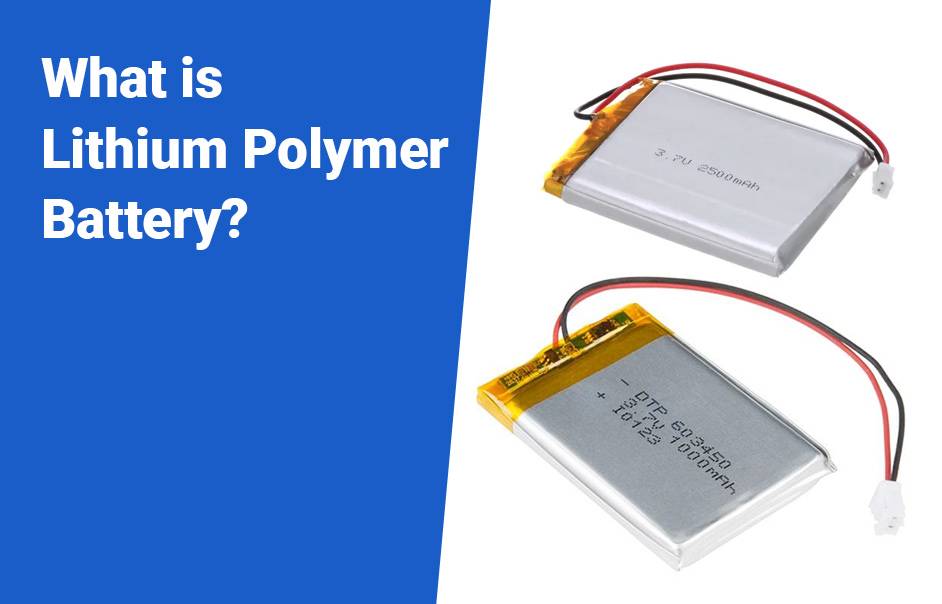
What Is Lithium ion Battery?
A lithium-ion battery, also known as a Li-ion battery, is a sophisticated and contemporary type of rechargeable battery that utilizes advanced technology. Characterized by its high energy density, a lithium-ion battery does not experience memory effect and has a low self-discharge rate. The battery consists of cells containing lithium ions, distinguishing it from other battery types. During the charging and discharging process of a lithium-ion battery, these ions move back and forth between the two electrodes, known as intercalation and de-intercalation.
When charging, lithium ions are extracted from the cathode, passed through the electrolyte, and absorbed by the anode, which results in a lithium-rich state in the anode. Conversely, during the discharging phase, this process is reversed. In a lithium-ion battery, the cathode is composed of a lithium compound, while the anode typically consists of a carbon layer compound, commonly graphite. These batteries find extensive use in electric devices and vehicles, gaining popularity particularly in military and aerospace applications.

Lithium Polymer Battery vs Lithium ion Battery, What Are the Differences
Dive into the world of lithium batteries! Explore the key differences between Lithium Polymer (LiPo) and Lithium Ion (Li-ion) options:
- Construction: LiPo batteries use a flexible polymer electrolyte for a lighter design, ideal for compact devices. Li-ion batteries, with a liquid electrolyte in a rigid casing, offer a different structural approach.
- Energy Density and Size: LiPos generally have higher energy density, storing more power in a smaller space, making them great for compact devices. Li-ion batteries provide a longer overall lifespan but may not be as suitable for ultra-compact designs.
- Charging: LiPo batteries tend to charge faster due to lower internal resistance, but this speed can lead to overheating if not handled properly.
In conclusion, understanding these differences helps you choose the battery that best suits your device, balancing power, size, and safety considerations.
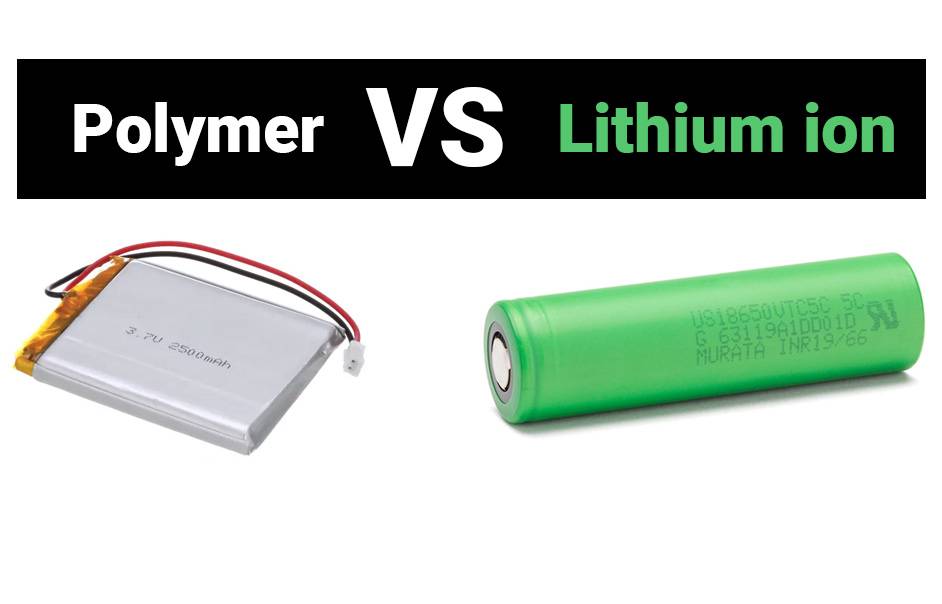
Pros and Cons of Lithium Polymer Batteries
Discover the pros and cons of Lithium Polymer (LiPo) batteries, the go-to choice for lightweight and flexible power:
- High Energy Density: LiPo batteries excel in storing a large amount of energy in a compact size, perfect for portable devices like smartphones and wearables.
- Flexibility in Design: Unlike traditional lithium-ion batteries, LiPos can be molded into thin and flexible shapes, allowing for sleeker designs in electronic devices.
- Low Self-Discharge: LiPo batteries retain their charge for longer periods when not in use, thanks to their lower self-discharge rate. They also boast a higher discharge rate for quick power delivery.
However, it’s crucial to be aware of their temperature sensitivity and handling requirements during charging and storage. Despite their advantages, proper care is essential to mitigate risks associated with extreme heat or overcharging.
In conclusion, while LiPo batteries offer high energy density and design flexibility, users must consider temperature sensitivity and follow proper handling practices. Make an informed decision based on these factors for your device or application.
Pros and Cons of Lithium Ion Batteries
Explore the advantages and considerations of Lithium-ion batteries, widely embraced for their efficiency:
- Compact and Lightweight: Lithium-ion batteries boast a small, lightweight design, making them perfect for portable devices like smartphones and laptops, allowing for versatile design options.
- High Energy Density: These batteries store a substantial amount of energy relative to their size, providing extended usage periods before requiring a recharge.
- Low Self-Discharge: With a low self-discharge rate, lithium-ion batteries retain their charge for prolonged periods when not in use, offering convenience for intermittent or backup power needs.
However, it’s crucial to be aware of safety concerns, as improper handling can lead to overheating or rare instances of fire. Additionally, while these batteries have a lengthy lifespan, they gradually degrade over time, necessitating eventual replacement. Despite the initial higher cost, ongoing advancements are reducing this expense.
In summary, lithium-ion batteries offer compactness, high energy density, and longevity but demand cautious handling due to safety considerations and will require replacement over time due to gradual degradation.
Which Is Better, Lithium Polymer Battery vs Lithium Ion?
When comparing lithium polymer batteries and lithium ion batteries, it is essential to consider various factors to determine which is better suited for specific needs. Lithium ion batteries are known for their higher energy density and lack of memory effect, making them a reliable choice. However, they may pose risks of instability and even explosion in certain conditions such as high temperatures and pressures.

On the other hand, lithium polymer batteries offer flexibility and lighter weight, making them a preferred option for portable devices. They also have a lower risk of electrolyte leakage due to their solid, dry, and gelled structure. Despite these advantages, lithium polymer batteries tend to be more expensive, have lower energy density, and a shorter lifespan compared to lithium ion batteries.
Recent advancements, such as the utilization of gel electrolytes, have addressed safety concerns associated with lithium ion batteries, enhancing their overall safety performance. Ultimately, the choice between lithium polymer and lithium ion batteries depends on the specific requirements of the application, weighing factors such as energy density, cost, safety, and lifespan.
Safety Considerations for Both Batteries
Prioritize safety when choosing a battery for your device. Here are key safety considerations for lithium polymer and lithium-ion batteries:
- Lithium Polymer Batteries:
- Lightweight and flexible but prone to swelling or fire if mishandled.
- Avoid puncturing or damaging the battery to prevent thermal runaway reactions.
- Lithium Ion Batteries:
- Generally more stable but carry risks if not used correctly.
- Overcharging or exposure to extreme temperatures can lead to internal damage, increasing the risk of overheating or explosion.
To ensure safe use:
- Follow manufacturer guidelines and recommendations.
- Use chargers designed for the specific battery type.
- Avoid leaving devices plugged in overnight or unattended during charging.
For storage and transport:
- Store batteries in cool, dry environments.
- When transporting devices, secure batteries in protective cases or packaging.
Stay informed, take proper precautions, and prioritize safety when handling these powerful energy sources. Remember: Safety first!
Conclusion: Choosing the Right Battery for Your Needs
Choosing the right battery impacts your device’s performance. Explore the advantages of lithium polymer and lithium-ion batteries:

- Lithium Polymer Batteries:
- Lightweight and flexible, ideal for slim devices like smartphones.
- Higher energy density for longer run times but requires careful handling to prevent swelling or overheating.
- Lithium Ion Batteries:
- Known for high energy storage and stable performance.
- Slightly heavier but offers better overall reliability, commonly used in laptops and electric vehicles.
- Safety Considerations:
- Both require proper handling and charging practices for safety.
- Follow manufacturer guidelines to ensure safe operation.
Consider your device’s size, run time, weight, and application before deciding. Understand the differences between lithium polymer and lithium-ion batteries for an informed choice. Choose wisely for optimal device performance!
FAQs
What are some disadvantages of LiFePO4 batteries including lower energy density, higher cost, limited charging rate, and lower voltage compared to other lithium-ion battery chemistries?
What are some specific advantages of LiFePO4 batteries such as long cycle life, high power density, excellent thermal stability, low self-discharge rate, and environmental friendliness?
In what specific applications are Li-Po batteries commonly used, and what are their advantages and disadvantages compared to LiFePO4 and Li-ion batteries?
What are the differences in chemistry, energy density, safety, cycle life, and cost among LiFePO4, Li-ion, and Li-Po batteries?
What are the unique advantages and disadvantages of LiFePO4 batteries compared to Li-ion and Li-Po batteries?
More FAQs
What are the potential developments in battery technology, such as aluminum-air and solid-state batteries?
Potential developments in battery technology include advancements in aluminum-air and solid-state batteries.
Aluminum-air polymer batteries are currently a subject of active research and development. These batteries feature high energy density designs with a polymer separator that helps to prevent short-circuiting by separating the lithium anode from the cathode. However, an issue with these batteries is the formation of dendrites on the lithium anode during battery cycling, which can lead to a reduction in battery life. To address this challenge, modified separators incorporating graphene oxide layers are being explored. The graphene oxide layers serve to protect the anode from contaminants, prevent chemical fluctuations, and work alongside the polymer layer to impede direct contact between the electrolyte and the lithium anode. It is hoped that these advancements will lead to the creation of high-energy density batteries with extended cycle lives.
In addition to aluminum-air batteries, there is ongoing progress in the development of solid-state batteries that utilize solid polymer electrolytes (SPE) instead of the gelled membranes found in current lithium polymer (LiPo) cells. The solid-state batteries aim to eliminate the liquid phases present in current hybrid systems, thereby increasing safety and potentially enhancing performance. Certain solid-state battery structures can accommodate low-cost, high specific energy conversion-type cathodes that are incompatible with traditional liquid-based battery chemistries like lithium-ion. For example, proprietary sulfide solid electrolytes are being explored to support advanced anodes containing high-content silicon and lithium metal, along with established cathodes such as lithium nickel manganese cobalt oxides (NMC). By integrating these innovative cathodes with lithium metal, it may be possible to reduce the costs associated with cathode materials significantly. This shift to solid-state battery technology holds the promise of increased efficiency, improved safety, and potentially reduced overall costs in the field of battery energy storage.
How do various lithium battery chemistries compare in terms of suitability for use in electric vehicles?
Various lithium battery chemistries offer different advantages and characteristics when it comes to their suitability for use in electric vehicles. Polymer electrolyte batteries, known as LiPo batteries, provide high energy density and are lightweight, making them a popular choice. This chemistry can enhance battery safety due to the structure of the polymer layers. LiPo batteries can be designed with a wide range of specific energy densities and specific power densities, allowing for flexibility in various applications.
Among the main lithium battery chemistries used in electric vehicles are lithium cobalt oxide (LCO), lithium-ion ternary (NCA, NMC), lithium-ion manganese oxide (LMO), and lithium iron phosphate (LFP) batteries. Each of these chemistries has its own set of characteristics that make them suitable for different electric vehicle applications.
In terms of electric vehicles, factors like energy density, power density, safety, longevity, and cost are crucial considerations when selecting the appropriate lithium battery chemistry. For example, LFP batteries are known for their long cycle life and intrinsic safety features, making them a reliable choice for electric vehicle applications that prioritize safety and durability.
Overall, the suitability of lithium battery chemistries for electric vehicles depends on various factors, and each chemistry offers unique advantages that can cater to different requirements in the electric vehicle industry.
How do NMC, LCO, and NCA batteries differ from other lithium battery chemistries?
NMC, LCO, and NCA batteries are distinctive from other lithium battery chemistries due to their Cobalt content, which enables them to offer increased power capabilities. These batteries have the ability to deliver significant power outputs in a compact form factor. However, a key differentiation lies in their vulnerability to thermal events that may pose safety concerns. This characteristic sets them apart from other lithium battery chemistries in terms of performance and potential risks associated with their use.
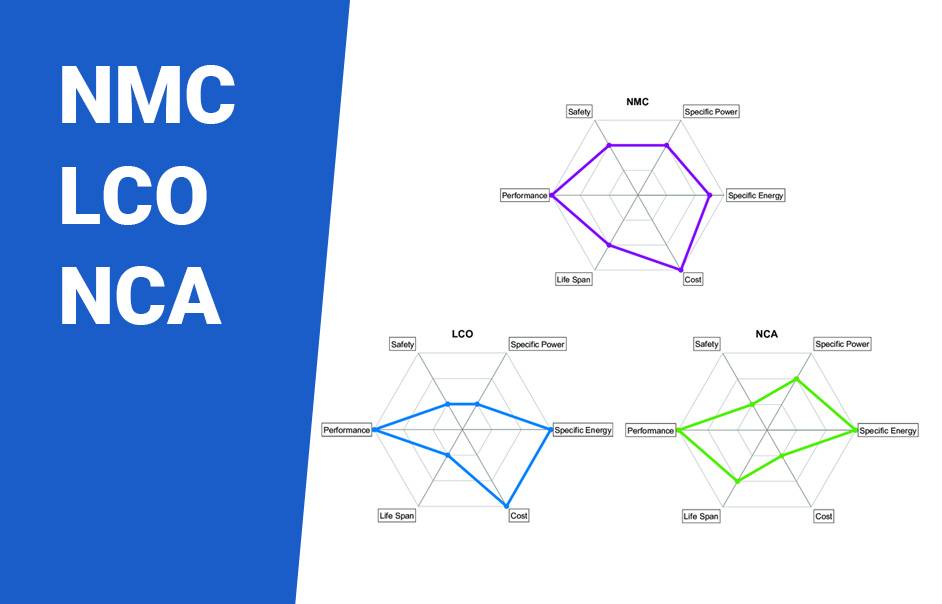
How do different lithium battery chemistries compare in terms of specific energy, power ratings, and thermal stability?
Lithium battery chemistries vary in terms of specific energy, power ratings, and thermal stability.
– NMC, LCO, and NCA batteries, containing Cobalt, offer higher power capabilities and can provide large amounts of power in a compact size. However, they are more prone to thermal events that can pose safety risks.
– LCO batteries have a specific energy of 200Wh/kg, providing high power output but have relatively short lifespans, low power ratings, and low thermal stability.
– LFP batteries, with a specific energy of 120Wh/kg, are known for their long cycle lives and stability at high operating temperatures.
– LMO batteries, with a specific energy of 140Wh/kg, use manganese-oxide components that are abundant, cost-effective, non-toxic, and offer good thermal stability.
– NCA batteries offer a specific energy of 250Wh/kg and long cycle lives.
– NMC batteries, with a specific energy of 200Wh/kg, can be optimized as power or energy cells by adjusting the chemical constituents. Their flexibility makes them successful in various applications.
– LTO batteries have the lowest specific energy at 80Wh/kg but can be fast charged, discharged quickly, and are considered safe.
What are the challenges and safety considerations associated with using lithium polymer batteries?
When using lithium polymer batteries, there are several challenges and safety considerations that must be acknowledged. One significant challenge is that crushing or nail penetration of LiPo pouches can lead to catastrophic failures such as pouch ruptures, electrolyte leaks, and fires. Additionally, like lithium-ion batteries, LiPos can expand when overcharged, which can result in the vaporization of the electrolyte. This vaporization may cause delamination within the battery cells, leading to poor internal contacts, reduced reliability, and a shortened cycle life. The expansion of LiPos can be quite noticeable as these batteries can physically inflate, potentially causing structural damage to the overall system in which they are installed. These challenges underscore the importance of handling and using lithium polymer batteries with caution to ensure both safety and optimal performance.
What are the basic lithium battery chemistries suitable for use in LiPo batteries?
There are several basic lithium battery chemistries that are considered suitable for use in LiPo (Lithium Polymer) batteries. These include lithium cobalt oxide (LCO), lithium manganese oxide (LMO), lithium iron phosphate (LiFePO4), lithium nickel manganese cobalt oxide (NMC), lithium nickel cobalt aluminum oxide (NCA), and lithium titanate (LTO).
While lithium-ion batteries and LiPo batteries share similarities, LiPo batteries offer distinct advantages in terms of energy density, weight, and shape flexibility. Looking towards the future, there is ongoing research and development in battery technology, with potential advancements such as aluminum-air polymer batteries and solid-state batteries, which could further enhance energy storage capabilities and safety features.
Which one to choose in different application scenarios: lithium-polymer battery or lithium-ion?
Understanding these differences helps you choose the battery that best suits your device, balancing power, size, and safety considerations.

When considering the choice between lithium-polymer and lithium-ion batteries for various application scenarios, it is essential to weigh the specific needs of your device. Opt for lithium polymer batteries if space and weight are crucial; their versatile shapes and sizes make them ideal for compact devices requiring portability and sleek design. For high-performance needs such as smartphones or laptops demanding prolonged power, lithium-ion batteries, with their higher energy density, provide the necessary output for extended usage.
Moreover, the design flexibility of lithium polymer batteries allows them to be molded into various shapes, offering a plethora of sleek and slim device options. Safety is another crucial factor to consider when selecting a battery. While both lithium-polymer and lithium-ion batteries are generally safe, lithium polymer batteries have a lower risk of thermal runaway due to their solid-state electrolyte, enhancing overall safety during usage.
In conclusion, by considering factors like size, power output, design flexibility, and safety, you can make a well-informed decision on the battery best-suited for your device and its intended application scenario.
How long does a lithium-polymer battery last? Do lithium-polymer batteries last longer than lithium-ion batteries?
In comparing the longevity of lithium-polymer batteries to lithium-ion batteries, it is essential to consider the number of charge cycles each type can undergo over its lifespan. Lithium-polymer batteries typically last from around 900 to 1500 charge cycles, where one cycle involves fully charging the battery, using it until it is empty, and then charging it back to full capacity.
On the other hand, lithium-ion batteries have a more extended lifespan compared to lithium-polymer batteries. They can endure approximately 4000 charge cycles if they are charged and discharged once a day on average. Additionally, lithium-ion batteries do not experience memory effect, meaning they do not lose capacity if recharged without being fully depleted. This feature allows users to charge the battery as needed without affecting its overall lifespan.
What is the composition of cathode, anode, and electrolyte in lithium polymer (Li-Po) batteries?
Cathode: Typically made of lithium cobalt oxide (LiCoO₂) or similar.
Anode: Usually graphite or lithium titanate (Li4Ti5O12).
Electrolyte: A gel-like or solid polymer electrolyte that conducts lithium ions between the cathode and anode.
What are the challenges associated with the disposal and environmental impact of Li-Po batteries?
Disposal challenges include hazardous materials like lithium and cobalt, which can harm the environment if not recycled properly. Environmental impact includes potential soil and water contamination if batteries are not disposed of in specialized facilities.
How does the cycle life of LiFePO4 batteries compare to other lithium-based batteries?
LiFePO4 batteries typically have a longer cycle life, around 2,000-3,000 cycles, compared to 500-1,500 cycles for other lithium batteries like Li-Ion, making them more durable for long-term use.
What are the environmental benefits of using LiFePO4 batteries?
LiFePO4 batteries have lower environmental impact due to non-toxic materials, longer lifespan reducing waste, and better thermal stability. They also lack heavy metals and are easier to recycle compared to other lithium batteries.
How does the composition of cathode, anode, and electrolyte differ in LiFePO4 batteries compared to other lithium-based batteries?
Cathode: LiFePO4 (iron phosphate) vs. LiCoO₂ or LiNiMnCoO₂ in other lithium batteries.
Anode: Graphite in most lithium batteries vs. graphite or lithium titanate in LiFePO4.
Electrolyte: Commonly lithium salt in an organic solvent, similar across types.
What is the importance of batteries in modern society?
Batteries are crucial for portable electronics, electric vehicles, renewable energy storage, and various applications in daily life, enabling mobility, convenience, and the shift toward cleaner energy sources.
How do LiFePO4, Li-Ion, and Li-Po batteries compare overall in terms of performance, safety, and environmental sustainability?
LiFePO4: Best safety and longevity, moderate performance, high sustainability.
Li-Ion: Good performance, moderate safety, decent sustainability.
Li-Po: Lightweight and flexible, high safety concerns, lower sustainability.
How do Li-Po batteries compare to other lithium-based batteries in terms of lightweight design and flexible form factor?
Li-Po batteries are notably lighter and can be shaped into various forms, offering greater design flexibility compared to Li-Ion and LiFePO4, which are usually more rigid and heavier.
What features set Li-Po batteries apart from other lithium-based batteries?
Li-Po batteries offer lightweight, flexible form factors, and enhanced safety with reduced risk of leakage or explosion. They can be molded into custom shapes, making them ideal for compact or irregular spaces.
What are the safety concerns associated with Li-Ion batteries?
Li-Ion batteries can pose risks such as overheating, thermal runaway, and potential fire hazards if damaged, improperly handled, or overcharged. Proper usage and quality control are crucial for safety.














